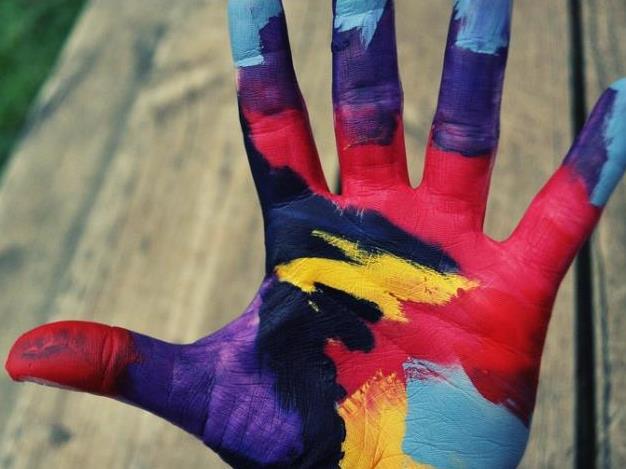Arts-business partnerships bring different skill sets together to create resilient, sustainable organisations : both arts organisations and businesses.
The key is to find the synergies between the capabilities of an arts organisation and those of a partner business in a way which drives mutual benefits.
A recent example is the Falls Festival partnering with the Transport Accident Commission (TAC). The three day Festival held in December attracts some 17,000 people to the three-day event and hosts a number of popular music acts. The TAC partners with the Festival, providing free breath-testing and water at exit points. In return, the Falls Festival promotes the TAC message, ‘Your mate’s life is in your hands’ and, keeps a high-risk demographic off the roads over the New Year period by providing campsites within the festival grounds.
Strong partnerships are built on strong communication and common goals. Excellent communication between both organisations is the key. Arts organisations may consider hiring a business minded employee to be the business liaison.
Both organisations must ensure that brand and objectives align. A good question to ask is what social problem the organisations are addressing together and how together you can create a strong social impact.
In the old-fashioned sponsorship model the arts were the beneficiaries of business patronage. An arts partnership differs in that there is a mutual benefit to both.
Research undertaken by the Australia Council for the Arts has found that Arts partnerships, as opposed to sports or community partnerships, are often entered into for the following reasons:
- brand alignment: the organisations have similar ‘personalities’;
- employee engagement: encouraging vibrancy and creative thinking;
- achieving social responsibility objectives; or
- to access a particular audience demographic.
In the current political and economic landscape; where governments are tightening their belts on arts funding, where businesses must evolve quickly to compete, it is important for arts organisations and businesses to be reminded what they have to offer each other.
What the arts offer
1. Efficiency and innovation
- With increasing competition, efficiency means everything. The key to efficiency is creativity, innovation and identifying novel ways to do things. Given that creativity is at the core of all art, artists and arts organisation can act as change agents to business.
- Artists have found efficiency within their own art forms. For example, artistic director of Chunky Move, Anouk Van Dijk, has invented countertechnique, a movement system that enables dancers to move fluidly and more spatially, while becoming stronger and reducing the pressure on their bodies. Could the concept of counter-movements in the body be extended to counter movements in machinery? Just a thought. Because artists continuously dabble in the world of the ‘new’, it is no surprise that artists often think of new ways to do things.
- Neuroscience has shown that musicians utilise every section of the brain when playing a musical instrument and therefore have advanced strategic and problem solving skills. Put a business problem in front of a musician. What would they say?
2. Brand awareness and identity
- An arts partnership is useful for a business wanting to position itself as creative, innovative, youthful and fresh.
- Inferred endorsement from the arts organisation, projects credibility onto the commercial partner.
- Arts companies often have a large and (even if small in number) very well defined and highly engaged audience. A partner’s brand will be noticed and remembered, especially if the partnership has a collaborative activity at its core.
3. Employee engagement
- The presence of an artist can create excitement in the workplace and encourage often logically or analytically minded employees to think outside the square about their current work.
- Employees want to work for a company that invests in a healthy, creative society.
- Who doesn’t like free tickets or an exclusive moment with the artists?
4. Attracting the elite
- The arts often attract highly educated, high income earning professionals and leaders. The cultural influencers that others follow. If a business wants to make an impression, start with an arts audience – seed your ideas.
What business offers
1. Business expertise
- Businesses have business expertise to offer. Some artists may have strong abstract and creative thinking skills but lack business expertise.
- Businesses have resources.
2. Funds
- Arts organisations tend to rely on philanthropy, government funding and ticket sales. Corporate support plays important role in the long term survival of arts organisations, especially when a revenue stream is not consistent, for example, when shows are set for a specific period during the year.
3. Reach
- Large companies or those with desirable networks can take art to thousands of employees, customers and partners. New audience members; new social networks; new buyers.
This feature original appeared on www.ellisjones.com.au





